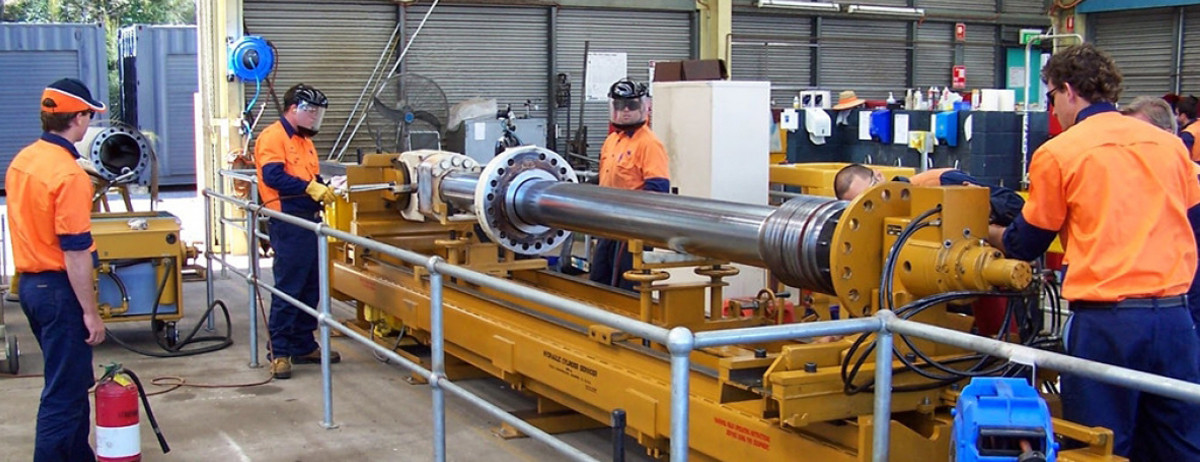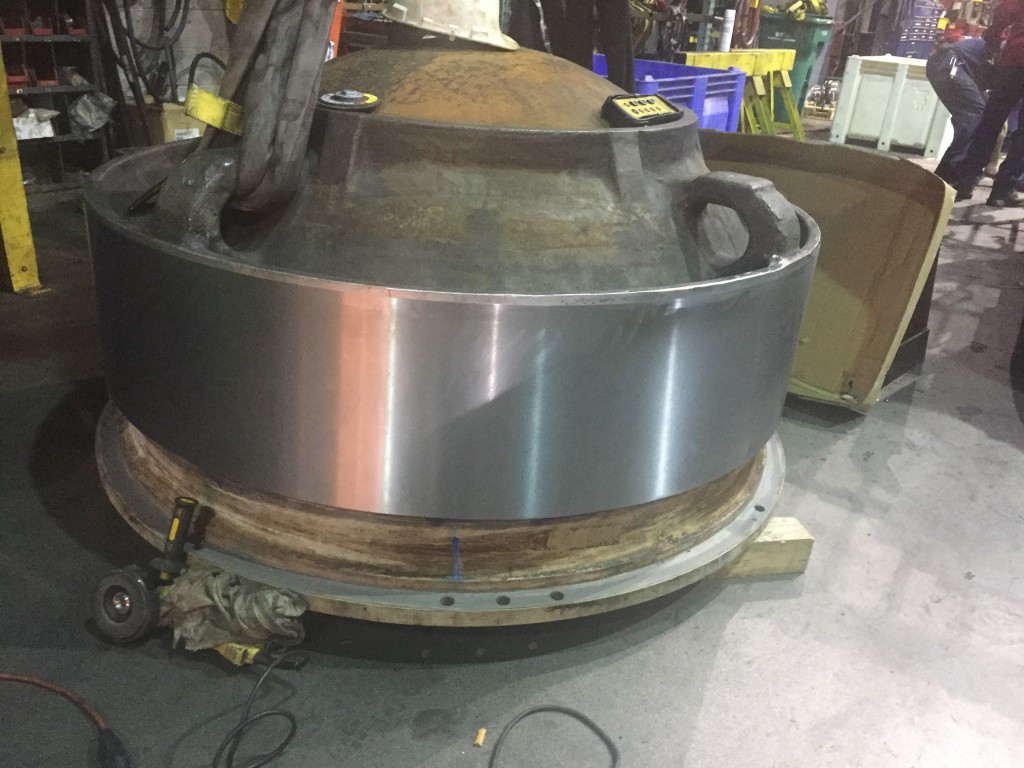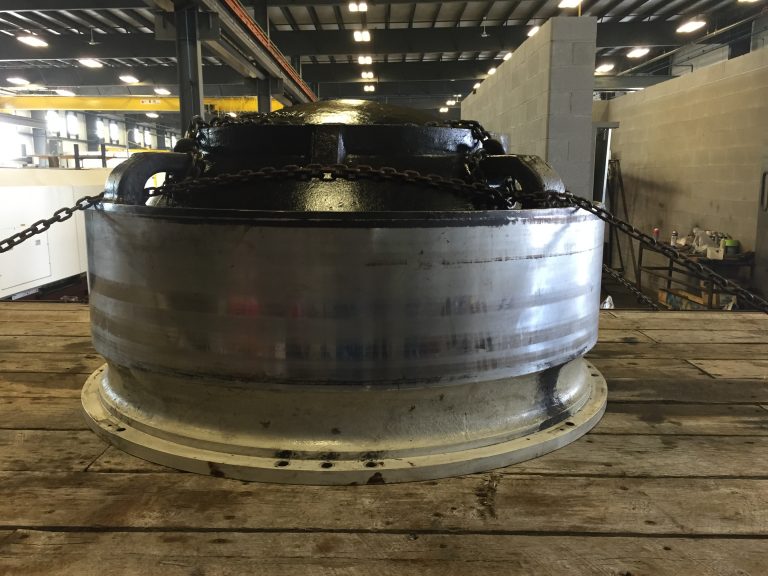
Hydraulic Rechroming 101: Restoring Hydraulics for Peak Performance
The efficiency and dependability of hydraulic systems are integral to processes in manufacturing, construction, and more. Within this framework, the significance of chrome renewal becomes evident as a pivotal factor in optimizing hydraulic systems.
Chrome, commonly used for plating hydraulic components, not only adds a protective layer but also significantly enhances the durability and lifespan of key elements.
Recognizing the importance of chrome renewal is essential for maintaining hydraulic systems at their peak efficiency, ensuring sustained high performance in machinery across a diverse range of applications.

Hydraulic Rechroming Overview
Hydraulic re-chroming is a vital process in machinery maintenance, focused on revitalizing worn-out hydraulic components. It involves applying chrome plating, a key element that significantly enhances the durability of hydraulic cylinders. Instead of a mere cosmetic touch, chrome plating functions as a protective layer, ensuring the longevity and robustness of these critical components. Understanding hydraulic re-chroming is essentially grasping the practical means by which we extend the life and enhance the resilience of hydraulic systems, making them more capable of handling demanding tasks over an extended period.
Signs Your Hydraulic System Needs Rechroming
Recognizing when your hydraulic system is due for renewal involves tuning in to some telltale signs of wear and tear. Keep an eye out for common symptoms:
Fluid Leaks
Identify any visible leaks around hydraulic connections, hoses, or components.
Check for puddles, stains, or dampness, as these indicate potential issues with seals or connections.
Unusual Noises
Listen for unexpected sounds during operation, such as knocking, whining, or grinding.
Unusual noises may suggest problems with internal components, like pumps or valves.
Decreased Performance
Monitor the overall efficiency of your hydraulic system.
Note any reduction in speed, power, or responsiveness, as these can indicate worn-out or damaged components.
Corrosion
Inspect components for signs of corrosion, especially in areas exposed to environmental elements.
Corrosion can weaken metal parts, leading to potential failure and loss of system integrity.
Degradation
Evaluate the general wear and tear on hydraulic components.
Look for signs of degradation, such as worn seals, cracked hoses, or deteriorating surfaces.
The Chrome Renewal Process

Component Inspection
Thoroughly examine worn-out hydraulic components to identify areas in need of renewal.
Disassembly
Disassemble the hydraulic system to prepare for the chrome renewal process.
Surface Preparation
Clean and polish the surfaces of the components to ensure optimal adhesion.
Electroplating with Chrome
Submerge the components in a chrome solution while applying an electric current to facilitate the bonding of chrome particles to the surface.
Precision Application
Apply chrome with precision, ensuring an even and durable coating on the components.
Quality Checks
Conduct thorough quality checks on the chromed components to ensure adherence to standards.
Benefits of Hydraulic Rechroming
Improved Performance and Efficiency
Hydraulic rechroming acts as a performance booster, rejuvenating worn-out components and restoring them to optimal working condition. This, in turn, enhances the overall efficiency of the hydraulic system, ensuring it operates at peak performance levels.
Enhanced Durability and Longevity
Chrome renewal plays a pivotal role in fortifying machinery components, especially hydraulic cylinders. The chrome plating serves as a protective shield, significantly enhancing the durability and lifespan of these critical elements. This translates to a longer and more reliable service life for the hydraulic system as a whole.
Cost-Effectiveness
One of the standout advantages of hydraulic rechroming is its cost-effectiveness. Instead of opting for a complete replacement of hydraulic parts, rechroming allows for the restoration of components at a fraction of the cost. This not only saves on expenses but also contributes to sustainable and economical machinery maintenance practices.
Maintenance Tips for Prolonged Performance
When it comes to ensuring prolonged performance after hydraulic rechroming, adopting proper maintenance practices is key. Here are some valuable tips to maximize the lifespan and efficiency of your chrome-renewed hydraulic components:
Regular Inspections
Conduct routine inspections to identify any signs of wear, leaks, or other issues early on. This proactive approach allows for timely intervention and maintenance.
Fluid Quality Management
Monitor and maintain the quality of hydraulic fluids. Regularly check fluid levels, and adhere to recommended fluid change intervals to prevent contamination and ensure optimal performance.
Temperature Control
Maintain appropriate operating temperatures for the hydraulic system. Extreme temperatures can affect the efficiency and longevity of components, so proper cooling and heating mechanisms are crucial.
Operational Guidelines
Adhere to recommended operational guidelines provided by the manufacturer. Avoid exceeding load capacities and operating within specified pressure and temperature ranges to prevent undue stress on components.
Seal and Gasket Checks
Inspect seals and gaskets for any signs of wear or damage. Addressing issues with these crucial components promptly can prevent fluid leaks and ensure the integrity of the hydraulic system.
Cleanliness is Key
Keep the hydraulic system clean from contaminants. Dust, debris, and foreign particles can compromise the effectiveness of components, so regular cleaning is essential.
Training and Awareness
Ensure that operators and maintenance personnel are well-trained and aware of proper usage and maintenance practices. This can contribute significantly to the longevity and efficiency of chrome-renewed hydraulic components.
Timely Repairs
Address any identified issues promptly. Timely repairs and maintenance interventions can prevent minor problems from escalating and impacting the overall performance of the hydraulic system.
Hydraulic Rechroming Conclusion
Hydraulic rechroming emerges as a critical factor in ensuring optimal performance and longevity of machinery. The key takeaways from the blog post underscore the significance of this process in maintaining hydraulic components at their peak efficiency. It plays a pivotal role in preventing costly breakdowns, reducing downtime, and extending the lifespan of hydraulic systems. As industries continue to rely on advanced machinery for various applications, prioritizing hydraulic rechroming becomes imperative for businesses seeking to maximize performance and minimize operational disruptions.


